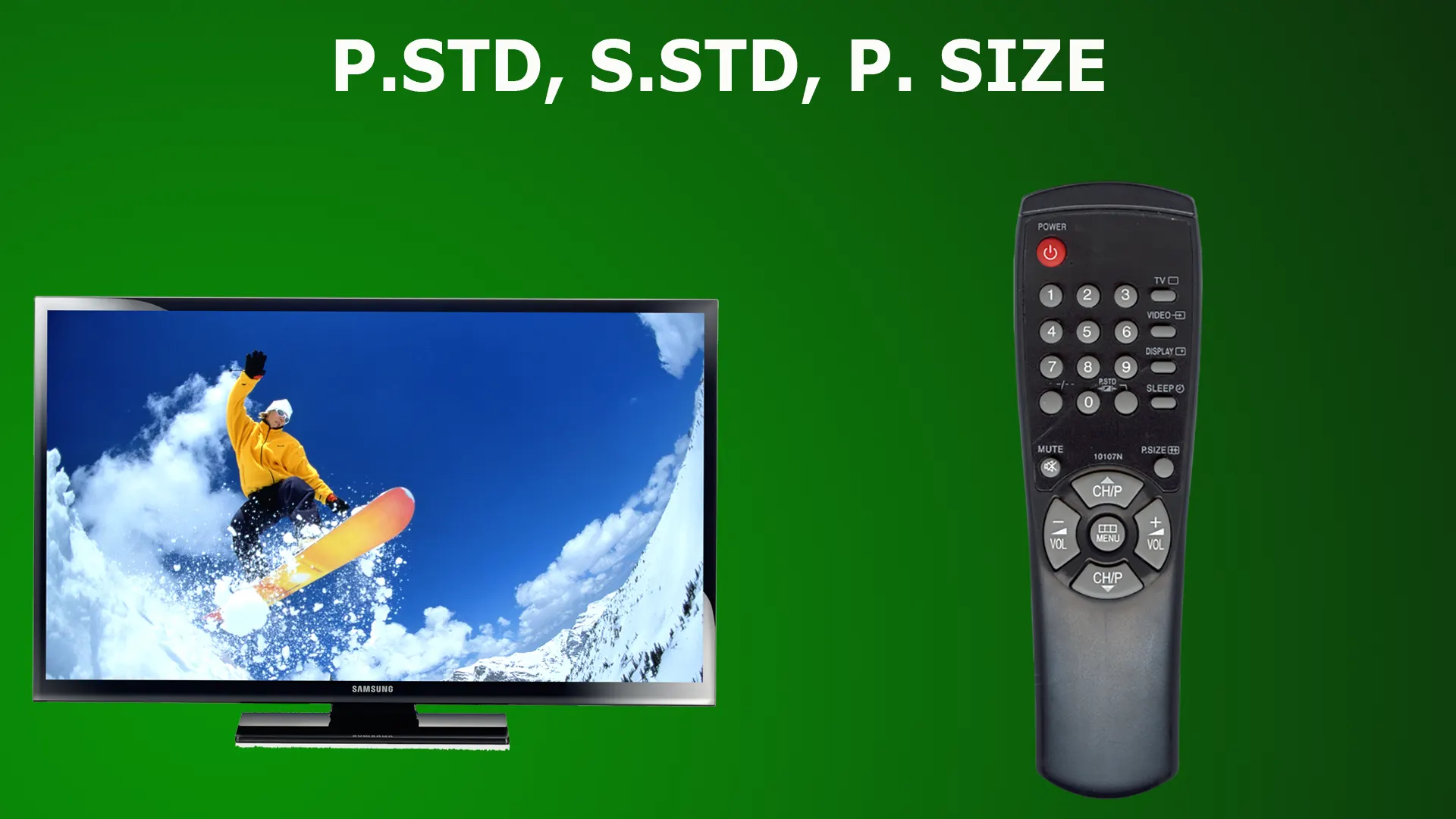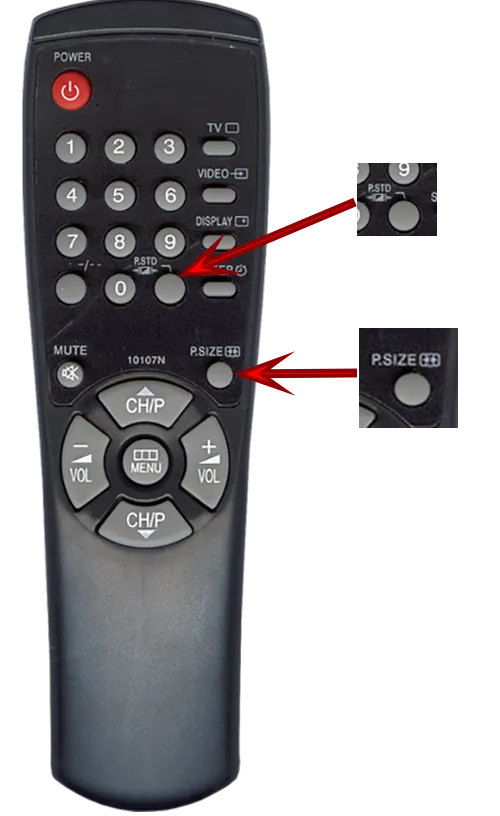In some TV models, you can see P.STD, S.STD, P.SIZE buttons. For most users (even me until recently), the purpose of these buttons was a secret. However, if you still want to know what these buttons are for, read this article.
What is the P.STD button on the remote control?
P.STD is an abbreviation for Picture Standard or Picture (Setting Television Definition) and refers to a feature that allows users to switch between preset picture settings on their TV. Most often integrated into the remote controls of older CRT (cathode ray tube) televisions, such as this button on Samsung remotes, this feature allows users to quickly switch between different picture quality presets such as movie, standard, and dynamic. The exact name and availability of these modes may vary depending on your TV manufacturer and model. Alternative options include settings such as “cinema,” “soft,” and “vivid.” In recent years, the P.STD button on remote controls has not been used.
What does the S.STD button on the remote control mean?
S.STD is an acronym for Sound Settings Television Definition. With this button, you can switch the sound quality and select different modes, such as music, movies, and speech. Designed to switch between sound modes on a TV quickly, the TV had a built-in equalizer that adjusted the sound level at different frequencies, a relevant feature in the era of analog audio. In modern TVs, this setting is practically not used since TVs have become smart and have appropriate programs that automatically correct the sound. Now, television has switched to sound in digital format, without distortion.
What is the purpose of the P.SIZE button on the remote control?
The P.SIZE, or Picture Size, button makes it easy to adjust the size of the image displayed on the TV screen. This feature allows users to adapt the screen size to different aspect ratios, such as 16:9, full screen, or 3:4, ensuring compatibility with a wide range of content formats. Historically, on analog TVs, the Picture Size button supported three main modes. The first mode displayed the entire image, which potentially resulted in distortion on the sides due to the nature of the analog signal. The second, standard mode, allowed some of the edges of the image to extend beyond the visible area of the screen, thus remaining invisible. The third mode stretches the image until it completely fills the screen. This technique is especially useful for displaying widescreen content on a standard screen, albeit with vertical stretching and potential clipping of the edges of the image.
In modern usage, especially on native 16:9 aspect ratio TVs, the image size feature becomes important when displaying 3:4 aspect ratio content. This allows you to stretch the image across the entire surface of the screen, thereby avoiding the appearance of black bars on the sides of the image. This feature was especially relevant for plasma screen televisions, as filling the screen completely with the image helped prevent the risk of uneven screen burn-in, a common problem with this type of display technology due to static images causing permanent discoloration.







